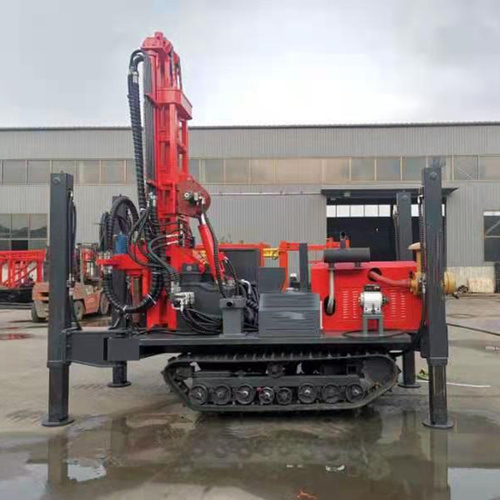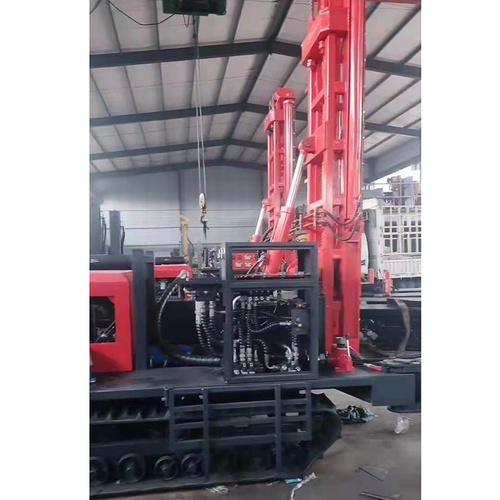Why Does Water Gush Out When a Water Well Drilling Rig Hits a Well
The phenomenon of water dramatically gushing out of a drilled well is called an Artesian Well (or Flowing Artesian Well) That spectacular gush of water you see when a water well Drilling Rig hits a certain spot is called a "Flowing Artesian Well" in geology. It's not just a regular stream; it's a high-pressure release of groundwater that was trapped under specific conditions. To understand that awesome sight, you have to look at the type of groundwater and the pressure involved.

1. The Key Ingredient: The Pressure Cooker
Normal Groundwater: Most common underground water sits on top of the first solid, non-waterproof layer. Its water level is open to the air, so you need a pump to lift it out.
The Special Water: This water is sandwiched between two layers of solid, impermeable rock or clay, like a sealed container or a water balloon deep underground.
2. The Power Source: Gravity and Elevation
The Recharge Zone: This confined layer of rock is usually tilted, and it collects rainwater (recharge) from a high-elevation area, like distant hills or mountains.
Pressure Builds Up: Gravity constantly pushes this high-altitude water down into the sealed, inclined aquifer. Since the water has nowhere to go, it builds up massive hydrostatic pressure—the same way water pressure increases in a pipe that runs from a high water tower down to the street.
The Pressure Level (Piezometric Surface): The theoretical height this pressure could push the water is called the "potentiometric surface." In a flowing artesian well, this pressure level is actually higher than the ground level where you are drilling.
3. The Grand Finale: The Eruption
1. Breaking the Seal: The drill bit penetrates the top impermeable layer (the "seal").
2. Pressure Release: The confined water instantly finds an escape route. The enormous, built-up pressure drives the water forcefully up the drilled hole.
3. The Flowing Well: Because the water's natural pressure level is above the surface, the water is pushed all the way out of the wellhead, creating a spectacular gushing column that needs no pump at all! The higher the spray, the greater the pressure was inside the aquifer.
4. Will it Last?
Longevity: If the underground water storage is huge and the high-altitude rainfall constantly refills it, the artesian flow can last for many years.
Waning: If people drill too many wells, or if the water is flowing out faster than the rain can recharge it, the pressure will eventually drop. Once the pressure level falls below the ground surface, the spectacular "gushing" stops, and you'll have to use a pump again.

In Summary:
When a drilling rig hits a flowing well, it has essentially broken into a highly-pressurized, tilted "water-sandwich" whose high-elevation source gives it the powerful energy to shoot water skyward.
I Hope This Article Was Helpful. If You Have Any Other Questions, Please Feel Free To Contact Us.
Contact us

